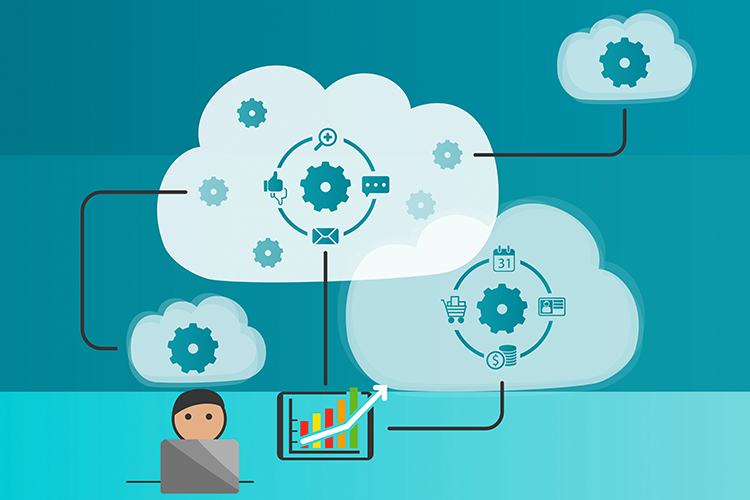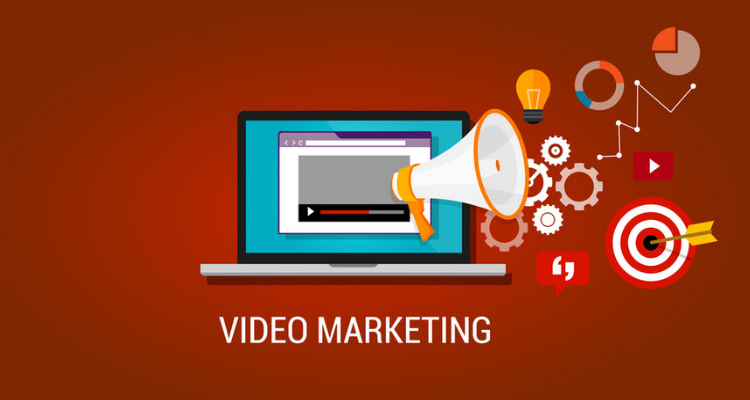The year 2017 was full of surprising events in which we witnessed Donald Trump becoming the president of United States and cryptocurrency dominating the headlines as a result of their dramatic rise. The digital front also saw drastic changes where the robot “Sophia” became a citizen of Saudi Arabia, and Amazon inaugurated the world’s first “cashier-free” grocery store.
Today, we are living in a digital era where Artificial Intelligence and automation is no longer an abstract idea linked with science fiction movies. The innovative approach to use technology and lessen human effort is real and is bound to become even more substantial in the coming years.
Nevertheless, the previous year was an exciting one, and the same phenomenon is expected to continue in the year 2018 as well.
Marketing Automation in 2018
According to Email Monday, more than 51% of companies have adopted automation techniques in their operations. The same report also signifies that 58% are planning to integrate the technology in the coming years.
As a marketer, you would probably agree that your work is not at all as easy as it sounds. Numerous responsibilities are on your shoulders including management of email campaigns, social media outreach, content creation, SEO, A/B testing, and sales analysis. Luckily, with the help of technology, some of these tasks can be automated making work less time-consuming and sometimes even effortless. Many innovative tools also eliminate the chances of human error and free up the marketers to focus their time and energy on other creative work.
So, what does automation have in store for marketers and businesspersons? How will the trend impact them in the year 2018? Let’s take a look!
1. Personalised Content
Today, personalization is more than using recipient’s name in emails. It’s about sharing relevant and timely content to the readers who would be most interested in your product/service.
Take the example of Nordstrom. The company sent out emails to their customers based on their buying behaviours. For instance, a specific consumer left the site without checking out their shopping cart. The automated email service issues an email to the customer reminding them of the abandoned shopping cart giving them the option to continue their shopping or discard their intended purchases.
Content has always been the heart of marketing but as digital marketing matures, so does the nature of the material. This is where the need for personalisation comes in. According to HubSpot, personalised content performs 42% better, as compared to non-personalised. In fact, delivering customisation is critical to the success of any marketing campaign and should be followed by the marketers in 2018 and beyond.
2. Robots and Humans Will Collaborate
Amazon has deployed robots at their warehouse to support labor work. The company is also pitching in ideas about using drones to transport goods. Chatbots are also replacing customer service staff on many platforms. Since humans are unable to respond at every hour of the day, robots work on their behalf and answer any query the customer might have.
But does this mean artificial intelligence (AI) will take over human-effort limiting the opportunities of the workforce?
The thought has worried labourers all over the world, which led the research team of Oxford to conduct a survey, which concludes that artificial intelligence will indeed take over 9% of US jobs. However, the good news is that while some manual jobs will become limited, more opportunities will emerge for those who adapt to the changing technology trends. Additionally, using robots and AI devices for automated tasks will limit marketers from doing repetitive tasks and allow them to focus on other work.
3. Social Media Automation
Today, we see social media everywhere – Facebook, Twitter, Pinterest, Instagram, and even Tumblr are religiously part of our everyday lives. With more than 2 million people using social media platforms worldwide, it wouldn’t be wrong to say that users practically live their lives on these platforms.
In the past few years, marketers have understood the potential of social media and use the different platforms to interact with prospects as well as current customers. They are also always looking out for innovative and unique ways to increase their social media presence.
For instance, Sophie and Trey and Leather Skin Shop an online clothing company focus their marketing efforts on Instagram and Twitter. They add multiple posts daily and enlighten interested consumers regarding new products. They repeatedly offer rewards, loyalty programs, and daily offers to keep the consumers enticed with their brand. Their constant exposure to social media keeps them memorable in the minds of customers. Ultimately, this helps them gain new shoppers and more loyalty.
In the coming years, social media will undoubtedly continue to be one of the best (and inexpensive) ways to market a brand. However, completing several interactions on different platforms can be tedious for the marketer, which is why social media automation has taken the place of manual work. Tools such as Socialert and Buffer can help the marketing team to automate many tasks which if done through manual ways can take up a lot of time.
4. Mobile Marketing Continues to Reign
Smartphones have fast become the consumer’s primary device for communication, information, and entertainment. A recent study shows that 77% of Americans now own a smartphone while an average user spends more than five hours per day on his/her phone. In fact, Smart Insights reports that we, humans spend more time on our smartphones than we do on our desktop devices.
As a marketer, you must be already focusing on creating mobile-specific content and making mobile engagement your priority. Well, in the coming years, mobile usage is expected to grow while spending on mobile-based ads is also anticipated to increase by 8.5%. Moreover, Google has announced the launch of the mobile-first algorithm in 2018 that will now also consider mobile versions of websites to rank in search engines. Simply put, if you don’t have a mobile-responsive site and are not putting in extra efforts for mobile users, then perhaps the year 2018 is the time to start leveraging your hold on mobile marketing as well.
Final Words
Today, marketers have potent technologies on their fingertips to automate their tasks and ‘woo’ the customer as well as prospects. Tools such as social media automation software, email management, sales automation software, and CRM are readily available for marketers to create a more engaging, personalised, and targeted experience for their users. Start implementing the latest trend and measure your success in 2018 and beyond.
For more further reading check out these other Marketing.com.au articles:
Sohail Rupani
Latest posts by Sohail Rupani (see all)
- Here’s How an eBook Helps Achieve Content Goals - March 28, 2019
- How Automation Is Changing and What Marketers Can Learn from It - March 8, 2018
- 5 Must Have Strategies for eCommerce Businesses in the Digital Age - April 27, 2017







